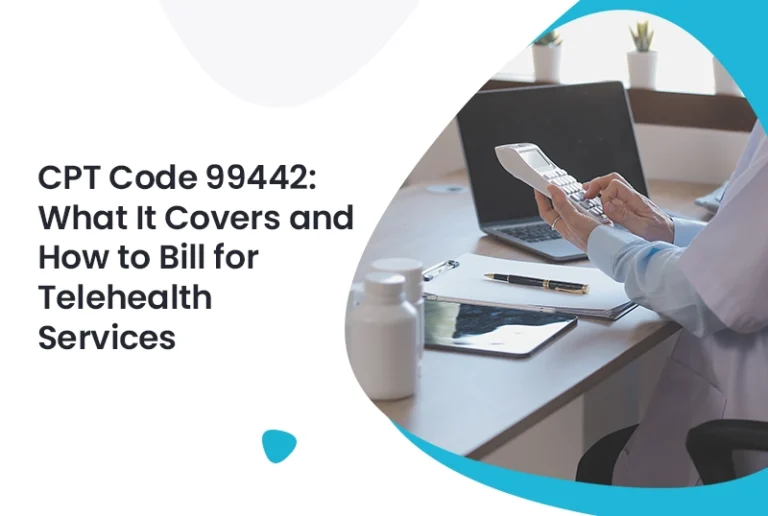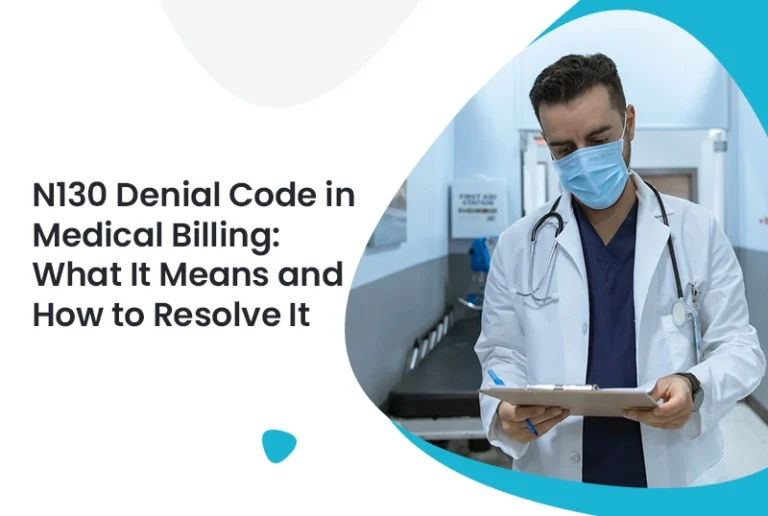The billing process used to be simple, but it has become complicated due to codes, regulations, and electronic submissions. As a result, medical experts today face many challenges that affect their revenue cycle management and patient satisfaction.
These include coding errors, claim denials, slow payments, and patient confusion. This blog will guide you to the most common challenges in medical billing coding and offer practical solutions to prevent those annoying hurdles.
1. Check Claim Denials & Rejections
Commonly, denials occur when an insurance company refuses to pay a claim due to errors or missing information. At the same time, rejections happen when a claim does not go with the flow because it doesn’t meet the quality standards.
Solution
- Implement a strong claim review process.
- Check all claims errors, completeness, and accuracy before submission.
- Use electronic health record (EHR) systems to detect issues in claims automatically.
- Train your billing staff regularly on the latest medical billing and coding updates and payer requirements.
2. Updated with Regulatory Changes
The medical billing field is always changing due to new regulations, coding standards, and payer policies. When you keep up with these challenges, it is quite tough for medical professionals.
Solution
- Invest in education and training for your billing staff for more appropriate results.
- Subscribe to industry newsletters, attend webinars, and join professional organizations.
- Set up a system to track regulatory updates and make sure your billing software is regularly updated.
3. Inaccurate Coding
If you implement inaccurate coding, it may lead you to claim denials, delayed payments, and legal issues. It’s essential to use the correct codes for every service you offer to your clients.
Solution
- Offer training for your coding staff and use certified professional coders (CPCs) when possible.
- Use coding software that cross-reference and validate codes.
- Always do the coding practice to identify and rectify any inaccuracies.
4. Patient Data Entry Errors
You need to check patient data for errors, such as incorrect demographic information or insurance details, which may delay claim processing and payment tracking.
Solution
- Use a verification process for patient information at the time of registration and before claim submission.
- Use EHR systems that automatically check for inconsistencies in patient data.
- Train front-office staff on the importance of correct data entry and verification.
5. Payments Management
The collection of payment from any patient is quite a difficult task to do, especially with high-deductible health plans becoming more common. Patients may delay or default on payments, which may impact the revenue cycle.
Solution
- Develop a clear patient payment policy and communicate it effectively.
- Offer multiple payment choices, such as online payments, different packages, and credit card payments.
- Use patient-friendly billing statements that clearly outline the required charges.
- Implement a system for overdue payments and focus on using a third-party collection agency if necessary.
Conclusion
As you all know, if you want to control medical billing system challenges, it requires effort, quality of education, and advanced technology. Then, once you focus on these challenges, you can improve billing efficiency, reduce claim denials, and increase revenue cycle management (RCM).







